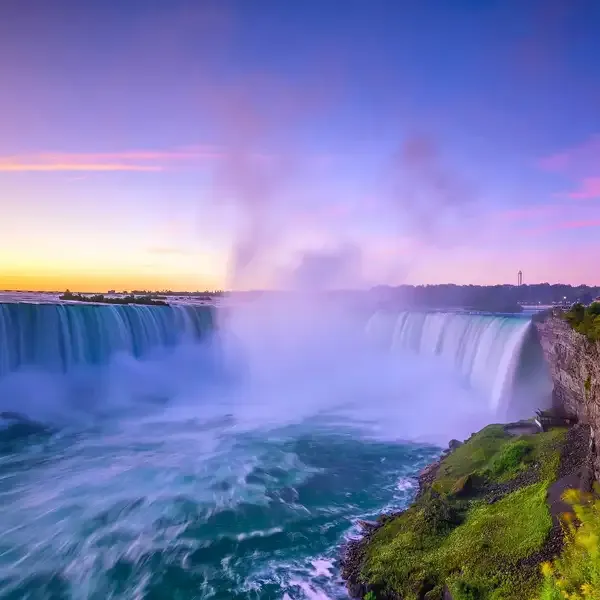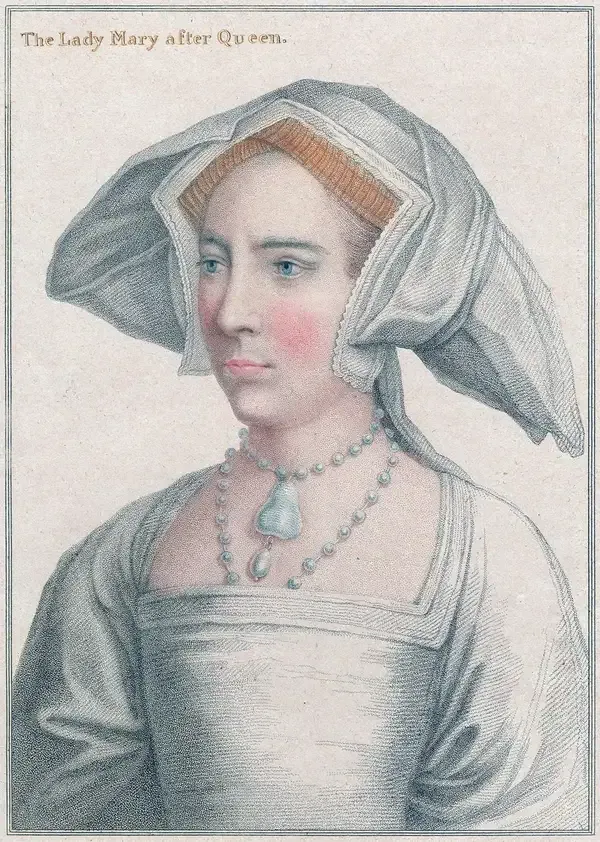Who Killed Tupac Shakur?
In the complex and controversial history of hip-hop, the murder of Tupac Shakur remains one of the most enigmatic and debated events. On September 7, 1996, Tupac was shot multiple times in a drive-by shooting in Las Vegas, Nevada, and died six days later. Despite numerous theories and investigations, the identity of the person responsible for his death remains officially unresolved.
Why Do People Eat Cereal with Milk?
Cereal with milk is a popular breakfast choice for many people around the world. This combination offers a convenient and tasty way to start the day. The practice of eating cereal with milk has a number of reasons behind it, including taste, texture, and nutrition. When cereal is paired with milk, it creates a delightful balance of flavors and a satisfying meal that is quick and easy to prepare.
How Was Instant Ramen Invented?
Instant ramen was invented in 1958 by Momofuku Ando in Japan, revolutionizing convenient meals with its quick preparation. The idea stemmed from a post-war need for affordable, accessible food. Meanwhile, "The Big Apple" nickname for New York City originated in the 1920s, initially referring to the city's jazz scene and later symbolizing its vibrant culture. Similarly, many famous cities have unique nicknames that reflect their history, culture, or notable characteristics, contributing to their identities and allure.
Who Was the First Person to Survive Niagara Falls in a Barrel?
The first person to survive a plunge over Niagara Falls in a barrel was Annie Edson Taylor, who accomplished this daring feat in 1901 at the age of 63. Her courageous act brought her fame and sparked interest in the dangers of the falls. In a broader context, the book "The Big Apple" explores the origins of various city nicknames, revealing the stories behind them and how they reflect the unique characteristics and histories of these famous urban centers.
Why Was the Black Panther Film So Popular?
The popularity of the Black Panther film can be attributed to its groundbreaking representation of Black culture, a compelling narrative, and a talented cast that resonated with audiences worldwide. The film not only celebrated African heritage but also addressed important social issues, making it a cultural phenomenon. Meanwhile, "The Big Apple" and other famous cities have unique nicknames that reflect their history, culture, or characteristics. These monikers often encapsulate the essence of the cities, making them memorable and iconic.
What’s the Difference Between Sweet Potatoes and Yams?
Sweet potatoes and yams, often confused, differ in origin and texture. Sweet potatoes are starchy tubers with smooth skin, while yams are starchy tubers with rough skin, primarily found in Africa and the Caribbean. Meanwhile, cities like New York, famously known as "The Big Apple," have intriguing stories behind their nicknames, reflecting cultural, historical, or geographical significance. Other notable cities also possess unique monikers, often revealing insights into their identity and the characteristics that set them apart.
What Is the Legacy of ABBA in Popular Culture?
ABBA's legacy in popular culture is marked by their timeless music, characterized by catchy melodies and harmonies that have influenced countless artists and genres. Their songs have become staples in films, musicals, and commercials, showcasing their enduring appeal. In addition, their iconic fashion and performances have left a lasting impression on pop culture. Meanwhile, cities like New York, known as "The Big Apple," have fascinating origin stories behind their nicknames, often reflecting historical events, cultural significance, or local landmarks that shape their identities.
What Is the Significance of the #OscarsSoWhite Hashtag?
The #OscarsSoWhite hashtag emerged as a powerful movement highlighting the lack of diversity and representation within the Academy Awards, sparking conversations about racial inequality in Hollywood. It galvanized activists and audiences alike, prompting calls for systemic change in the film industry. Meanwhile, "The Big Apple" and other city nicknames often reflect unique cultural, historical, or geographical traits. These monikers not only enhance a city's identity but also contribute to its tourism and cultural significance, showcasing the stories behind the names.
How Bob Odenkirk Became Bob Odenkirk
In "How Bob Odenkirk Became Bob Odenkirk," the narrative explores the comedian and actor's journey from humble beginnings to stardom, highlighting his unique comedic style and impactful roles. The accompanying discussion of famous cities and their nicknames reveals the historical and cultural significance behind names like "The Big Apple" for New York City. Each city's moniker reflects its identity, evolution, and the stories that shaped them, creating a tapestry of urban history intertwined with personal narratives like Odenkirk's.
Did the Beatles Really Say They Were More Popular than Jesus?
The Beatles sparked controversy in the 1960s when John Lennon claimed they were more popular than Jesus, igniting debates about faith and celebrity culture. This statement led to backlash from religious groups and fans alike. In a different context, the nickname "The Big Apple" for New York City reflects its status as a cultural and economic hub, while other cities like Los Angeles and Chicago also have unique nicknames that encapsulate their identities and histories, showcasing the rich tapestry of urban culture.
What Was Dr. Dre’s Role in Creating the Subgenre of G-Funk?
Dr. Dre played a pivotal role in the creation of the G-funk subgenre, blending funk rhythms and melodic elements with West Coast hip-hop. His innovative production techniques, characterized by smooth synthesizers and laid-back beats, set the foundation for this style, influencing countless artists. Meanwhile, cities like New York, known as "The Big Apple," have nicknames rooted in their history, culture, or distinctive characteristics. These monikers reflect the unique identities of cities, adding depth to their cultural narratives.
Who Votes for the Academy Awards?
"Who Votes for the Academy Awards?" explores the exclusive group of industry professionals responsible for selecting nominees and winners for the prestigious Oscars, highlighting the influence and diversity of this voting body. "The Big Apple" delves into the origins and evolution of New York City's famous nickname, tracing its roots back to horse racing and jazz culture. Additionally, the book examines the unique histories behind the nicknames of eight other iconic cities, revealing the cultural significance and stories that shape their identities.
Was Santa Claus a Real Person?
The exploration of whether Santa Claus was a real person delves into the historical figure of Saint Nicholas, whose generosity and kindness inspired the modern-day legend. Meanwhile, "The Big Apple" and other famed city nicknames reveal intriguing stories behind their origins, often tied to cultural, historical, or economic significance. These unique monikers not only reflect the identity of each city but also celebrate their distinct characteristics and the experiences of the people who inhabit them.
Why Does Cilantro Taste Like Soap to Some People?
Cilantro's soap-like taste for some individuals is attributed to genetic variations that affect how they perceive certain chemicals, particularly aldehyde compounds found in the herb. These genetic factors can create a strong aversion to cilantro, making it taste reminiscent of soap. Meanwhile, the nickname "The Big Apple" for New York City stems from the 1920s jazz scene, symbolizing the city's vibrant cultural landscape. Other famous cities have similarly intriguing nicknames, often rooted in historical events, local landmarks, or unique characteristics.
Why Do Sliced Apples Turn Brown?
Sliced apples turn brown due to a process called enzymatic browning, where exposure to oxygen activates polyphenol oxidase enzymes, leading to the oxidation of phenolic compounds. This results in brown pigments that can affect the fruit's appearance and taste. Similarly, cities often acquire nicknames based on their unique characteristics or historical significance. For instance, New York City is famously known as "The Big Apple," reflecting its status as a major cultural and economic hub, while other cities have their own intriguing stories behind their monikers.
How Is Coffee Decaffeinated?
Coffee is decaffeinated through several methods, including the Swiss water process, which uses water to extract caffeine from the beans, and chemical solvents that selectively remove caffeine while preserving flavor. Meanwhile, "The Big Apple" refers to New York City and its vibrant jazz scene in the 1920s, while other famous cities have unique nicknames derived from historical events, local culture, or notable landmarks, each reflecting the essence of their identity and history.
What Happens When You Swallow Gum?
Swallowing gum is often surrounded by myths, with many believing it stays in the stomach for seven years. In reality, gum passes through the digestive system like other food, typically leaving the body within a few days. Meanwhile, the nicknames of famous cities often reflect their culture, history, or unique characteristics. For instance, New York City is affectionately called "The Big Apple," symbolizing its vibrant energy and significance in the arts and entertainment, alongside other cities with equally intriguing names.
Can Apple Seeds Kill You?
The rumor that apple seeds can be fatal stems from their cyanogenic compounds, which can release cyanide when metabolized. However, the amount in a few seeds is negligible and not harmful. Meanwhile, "The Big Apple" is a nickname for New York City, originating from jazz musicians in the 1920s. The book explores how eight other cities acquired their iconic nicknames, revealing intriguing stories and cultural significance behind names like "Windy City" for Chicago and "The City of Angels" for Los Angeles.
Was Bloody Mary a Real Person?
"Was Bloody Mary a Real Person?" explores the historical figure of Mary I of England, delving into her reign and the reasons behind her infamous nickname. Meanwhile, "The Big Apple" examines the origins of New York City's nickname, tracing it back to the jazz scene and horse racing. Additionally, the piece highlights the intriguing stories behind eight other famous cities and their nicknames, revealing the cultural and historical contexts that shaped these identities, enriching our understanding of urban heritage.
Why Is Elvis Called “the King of Rock ’n’ Roll”?
Elvis Presley earned the title "the King of Rock 'n' Roll" due to his groundbreaking influence on the genre, blending various musical styles and captivating audiences with his charismatic performances. His innovative sound and style revolutionized popular music, making him an enduring icon. Similarly, cities like New York, known as "The Big Apple," have nicknames that reflect their unique characteristics or historical significance. These monikers often capture the essence of a city's culture, history, or notable features, enhancing its identity.




















